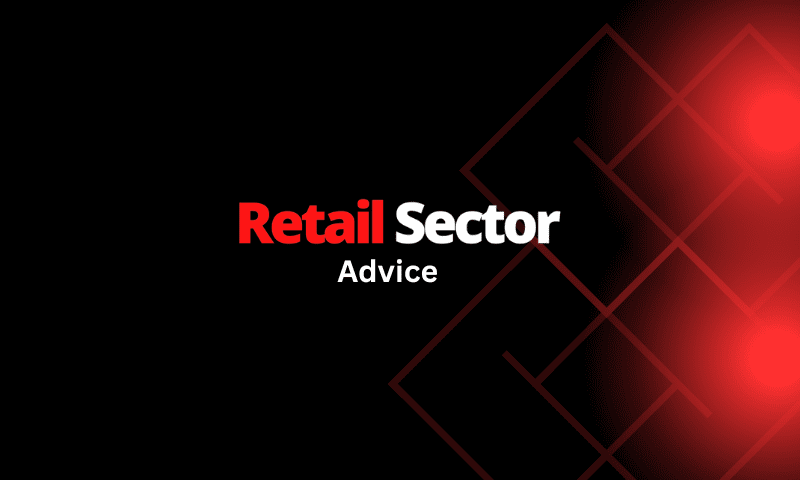A Retailer’s Guide to Successful Flash Sales and Promotions

In today’s fast-paced retail environment, competition is fierce, and consumers are constantly on the lookout for deals and discounts. Flash sales and promotions are powerful tools that retailers can use to attract attention, boost sales, and clear out excess inventory.

